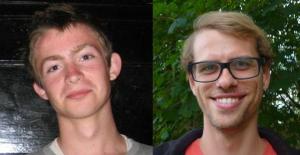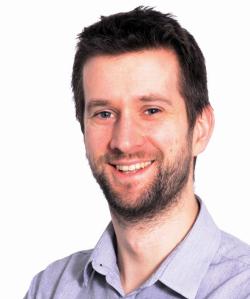
Simon Ross is a professor in the department of mathematical sciences at Durham University, and a member of the university’s Centre for Particle Theory.
Relating different charge densities gives black rings with non-trivial profiles with smooth horizons.
There is a rich space of solutions in five-dimensional supergravity, including smooth horizonless supertube solutions and black ring solutions. Supertubes can have arbitrary profiles, and varying charge densities along the profile, but previously-known black ring solutions required a constant charge density along the ring to have a smooth horizon.
Recently, we discovered a new kind of supersymmetric horizonless object which generalizes the supertube, which we dubbed the magnetube. They carry coordinated electric charge densities with Continue reading










You must be logged in to post a comment.